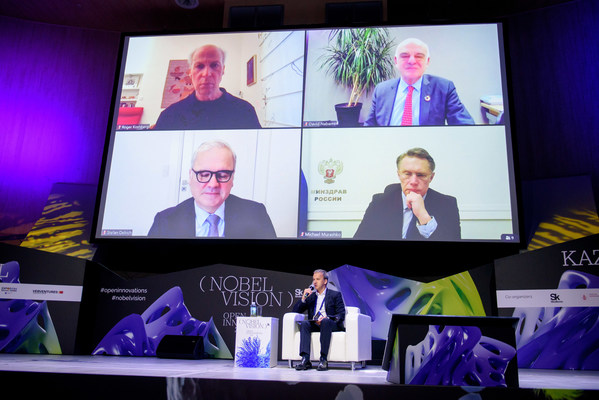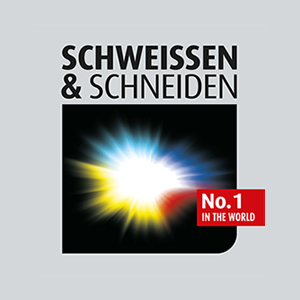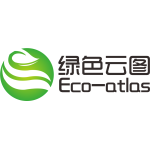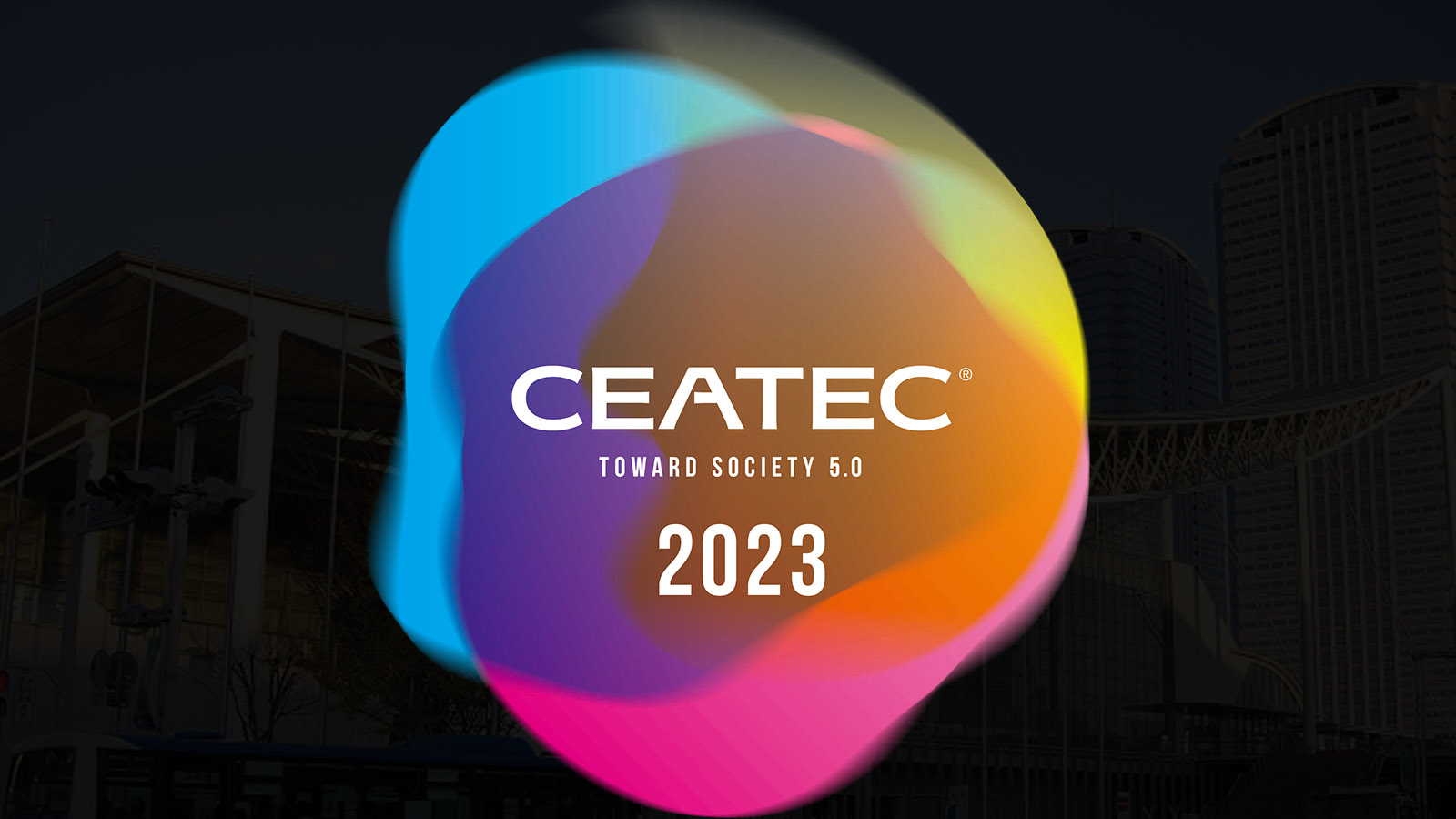Why Participate in CEATEC 2023
Why CEATEC is widely attended by frontrunners who lead the way to the future through co-creation
-
-
Reason1
Because it is Japan's leading comprehensive technology exhibition that provides an opportunity for co-creation and social implementation.
-

- CEATEC is a comprehensive technology exhibition that aims to be a "showcase for Society 5.0" covering all industries and sectors, where visions, concepts, and new businesses for the future society that utilize cutting-edge technologies such as Web 3.0, Metaverse, robots, and artificial intelligence (AI) will be exhibited. Since it is a place where a future leveraging technology is presented beyond the boundaries of industry, it is an environment that facilitates the creation of new connections and business opportunities not only with visitors, but also among exhibitors as "partners" who create the future together.
-
-
-
Reason2
Because it is a comprehensive technology exhibition that brings together key players from Japan and abroad and can disseminate information to a wide range of audiences.
-

- CEATEC is unique in that it attracts a wide range of visitors, from those who will shape the society of the future (executives, government officials from Japan and abroad, innovators, etc.) to those who will drive the businesses of tomorrow (key players from various companies, decision makers, buyers, etc.) and students who will lead the future. CEATEC also attracts more than 500 members of the press from Japan and abroad, making it a well-established venue for identifying future trends, and the event is widely broadcast both in Japan and overseas.
-
-
-
Reason3
Because it is a high-profile, comprehensive technology exhibition and is effective for strengthening internal and external relationships and branding.
-

- Past successes at CEATEC have not been limited to business acquisition. There are countless examples of exhibitors who have succeeded in creating new branding by, for example, improving understanding of new businesses within the company, strengthening engagement with business partners, and creating a movement that involves people outside the company. The CEATEC AWARDs featuring award selection by high-profile government officials, and other measures, are in place to enhance branding effectiveness and can be used for a wide range of purposes.
-
Why Participate in CEATEC 2023, and Expected Benefits
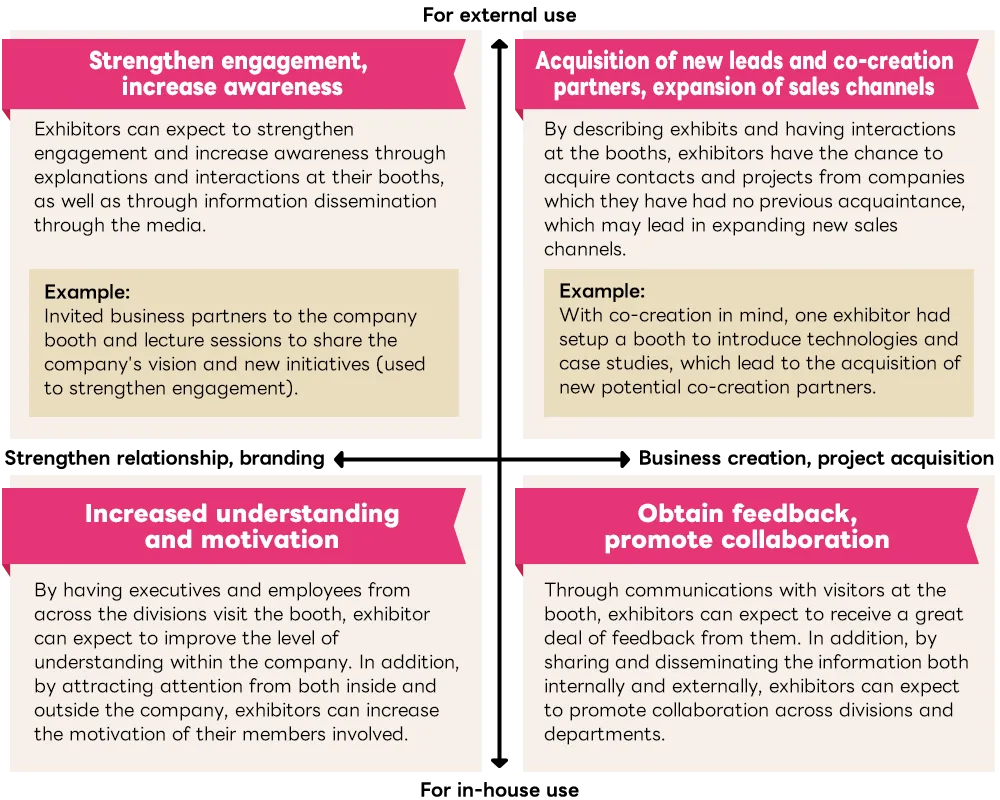
Noteworthy Keywords of CEATEC 2023
-
Digital Innovation
In order to realize a sustainable society, there is a need to solve various social issues, including carbon neutrality. The key to this is digital innovation through advanced technologies. In addition to the presentation and dissemination of various technologies such as Web 3.0, blockchain, metaverse, quantum computing, 5G/Beyond5G, and artificial intelligence (AI), these advanced technologies are expected to be used to create and disseminate future society and lifestyles, as well as to create business models.
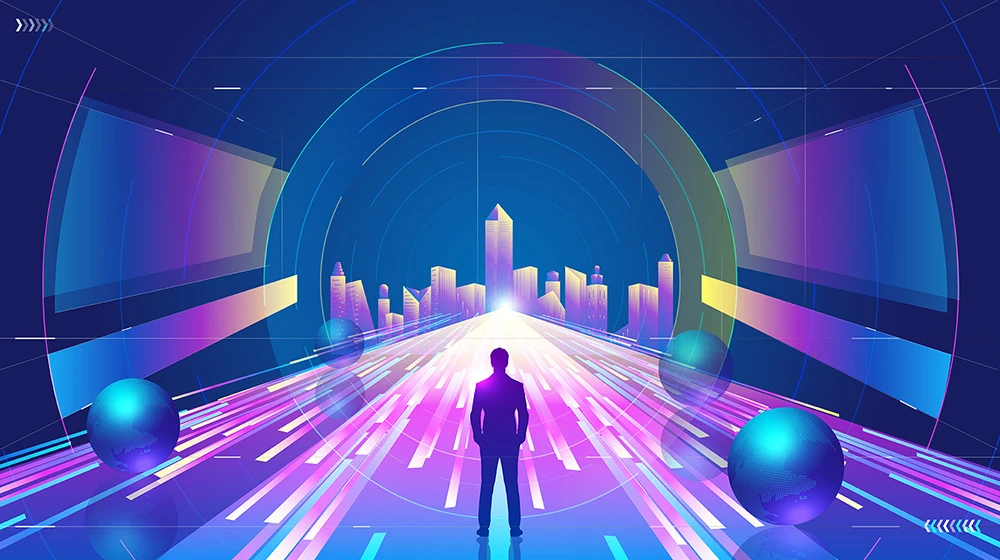
-
Digital Garden City
The concept of Digital Garden City is to promote the implementation of digital technology from rural areas, create a new wave of change, and connect with the world. Following the concept in 2022, the Partners Park area will return to showcase diverse forms of co-creation and social visions under the theme of Digital Garden City. We are looking forward to your participation as a "partner" in the Partners Park, which has attracted a great deal of interest from government agencies, local governments, and related companies and organizations.
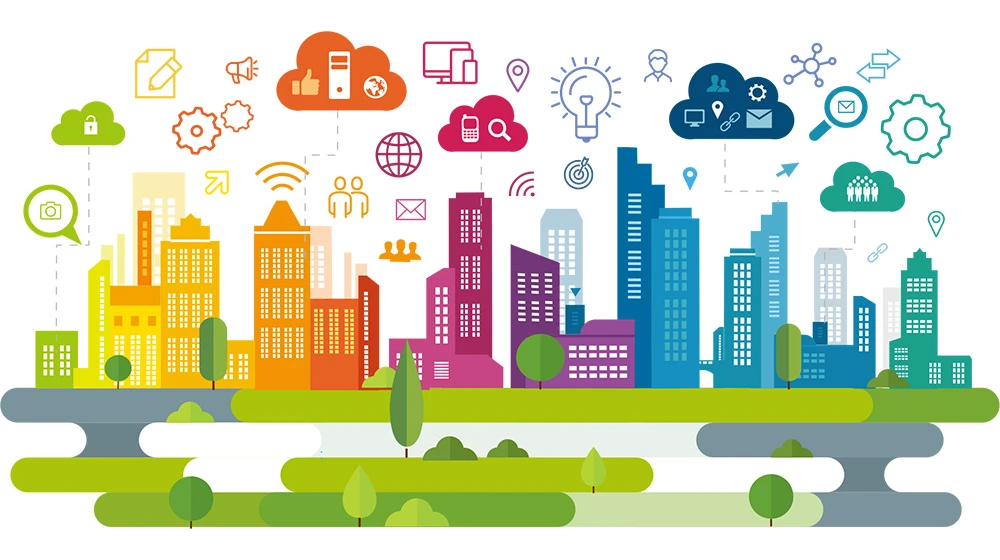
-
Wellbeing
If "Society 5.0" is the vision of the future society that we should be aiming for, then the vision of the future that each of us should be aiming for is none other than "wellbeing." CEATEC is oriented toward enriching society through technology, and this has a great impact on our lifestyles of the future. New approaches are expected to be taken not only in terms of technologies and solutions for realizing wellbeing, but also in terms of how to realize the wellbeing that will shape our lives in the future.
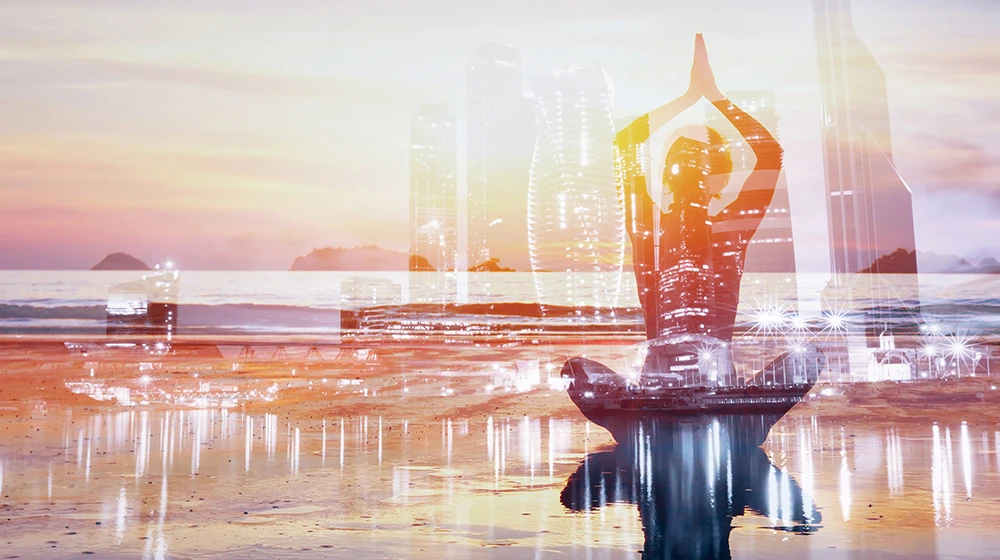
-
Fostering the Next Generation
Fostering the next generation is essential to the realization of Society 5.0. For 60 years since the Japan Electronics Industry Exhibition – the origin of CEATEC – started in 1962, CEATEC has provided a place where innovators, the leaders of society, can play an active role, and where innovators, the next generation of leaders, can learn and study. CEATEC continues to support young innovators, including domestic and international startups that aim to solve social issues, as well as students who will play a key role in future society.
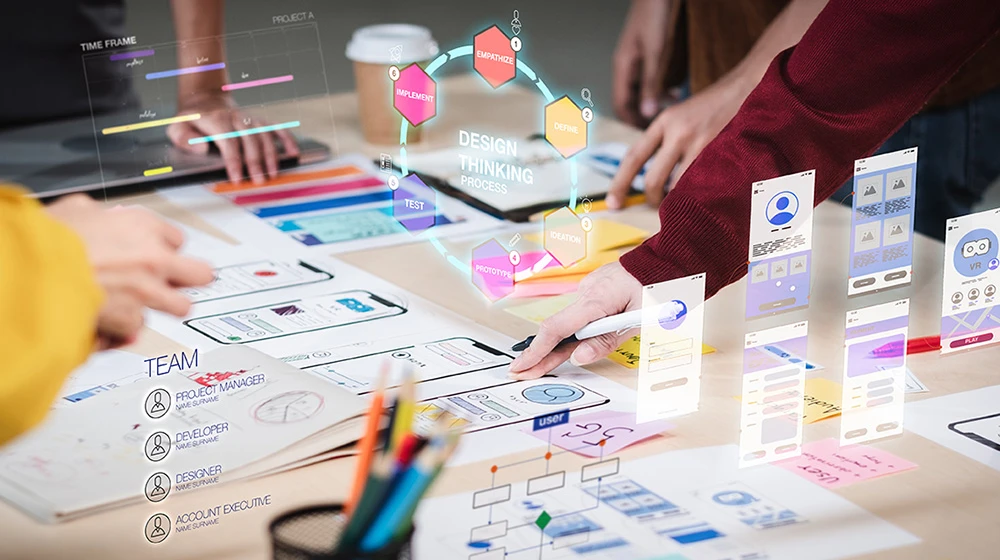
History of CEATEC
The origins of CEATEC can be traced back to the Japan Electronics Industry Exhibition, which started in 1962. This show was composed of four sectors: TVs, radios, and other audio equipment; radio communications equipment, including electronic application equipment; measuring instruments; and electronic components. 207 companies participated in the exhibition, which attracted approximately 150,000 visitors during its 10-day duration. The characteristics of the show as a "comprehensive exhibition" that exhibited a very wide range of themes from parts to finished products have been passed down to the present day. The name was changed to "Electronics Show" from the third year of the show in 1964, and the 25th Electronics Show in 1986 was particularly successful, attracting 443,500 visitors, a record for the most in history. In 2000, the Electronics Show was merged with COM JAPAN, which was an information and communications exhibition, to form CEATEC JAPAN. CEATEC JAPAN began its new history as a "composite" exhibition that encompassed all aspects of imaging, information, communications, and digital networking under the slogan of "to enrich society and life with technology“. In 2007, the exhibition attracted 200,000 visitors and established a firm position as a "comprehensive exhibition of cutting-edge IT and electronics". In 2016, the exhibition steered towards the "CPS/IoT Exhibition" and became an exhibition that aims to realize "Society 5.0" by bringing together everything from electronic components and devices that form the backbone of the IoT to finished products, devices that are implemented, and various services that utilize these components and devices. Today, CEATEC is one of Japan's leading exhibitions that attracts a great deal of attention as a place where key players from Japan and abroad gather under one roof.

Results from CEATEC 2022
Number of Visitors

Results -Exhibitors-






 Pages you might like
Pages you might like




 Today's topic
Today's topic




 Exhibitions you may be interested in
Exhibitions you may be interested in
 Latest information
Latest information
 Follow official account
Follow official account
 Online support
Online support
 鄂ICP备2022017323号
鄂ICP备2022017323号
 鄂公网安备 42018502006493
鄂公网安备 42018502006493
 Launch Exhibition
Launch Exhibition
 Release information
Release information





